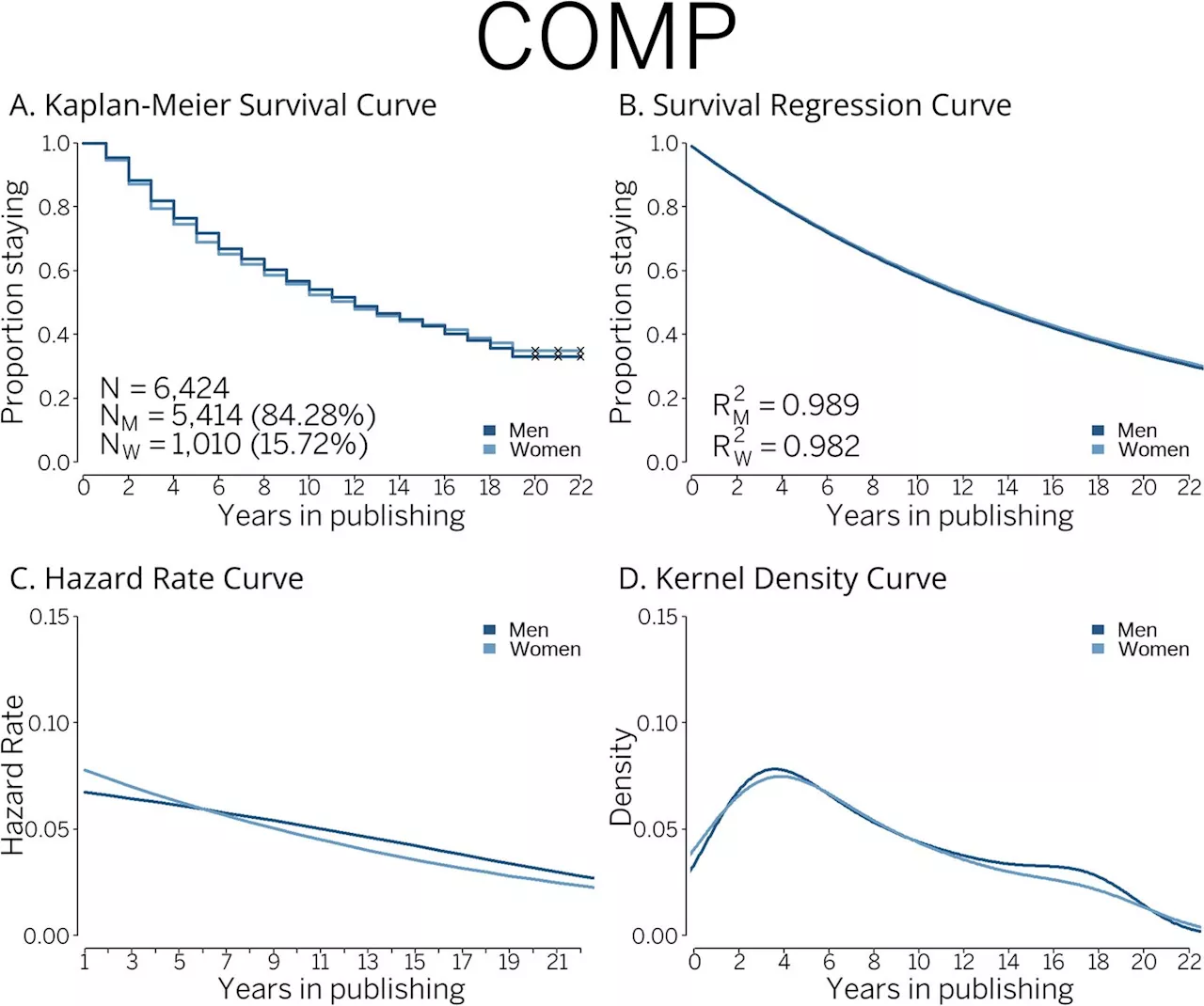Scientists at MPI-IS have developed electrically driven robotic components, called HEXEL modules, which can snap together into high-speed reconfigurable robots. Magnets embedded along the outside of the modules allow them to electrically and mechanically connect to other modules, forming robots with diverse shapes and capabilities.
HEXEL modules are a promising technology for use in resource-limited environments, such as on space or rescue missions, and can be used to construct versatile robots from redundant parts, altogether promoting a sustainable robot design.
"Combining soft and rigid components in this way enables high strokes and high speeds. By connecting several modules, we can create new robot geometries and repurpose them for changing needs," says Ellen Rumley, a visiting researcher from the University of Colorado Boulder. She and Zachary Yoder, who are both Ph.D. students working in the Robotic Materials Department, are co-first authors of the publication.
"In general, it makes a lot of sense to develop robots with reconfigurable capabilities. It's a sustainable design option -- instead of buying five different robots for five different purposes, we can build many different robots by using the same components. Robots made from reconfigurable modules could be rearranged on demand to provide more versatility than specialized systems, which could be beneficial in resource-limited environments'', Yoder concludes.
Engineering Engineering And Construction Civil Engineering Robotics Artificial Intelligence Computer Graphics Distributed Computing
United States Latest News, United States Headlines
Similar News:You can also read news stories similar to this one that we have collected from other news sources.
 Disappearing scientists: Attrition and retention patterns of 2.1 million scientists in 38 OECD countriesResearch has been showing that women scientists continue to disappear from science at a significantly higher rate and in higher percentages than men. This is what social scientists have thought for decades—but this is no longer the case today, according to a study published in Higher Education.
Disappearing scientists: Attrition and retention patterns of 2.1 million scientists in 38 OECD countriesResearch has been showing that women scientists continue to disappear from science at a significantly higher rate and in higher percentages than men. This is what social scientists have thought for decades—but this is no longer the case today, according to a study published in Higher Education.
Read more »
 Researchers create reconfigurable robots with muscle-inspired HEXEL modulesResearchers develop HEXEL modules with magnetic connections and muscle-like contractions, enabling robots to roll, jump, and crawl.
Researchers create reconfigurable robots with muscle-inspired HEXEL modulesResearchers develop HEXEL modules with magnetic connections and muscle-like contractions, enabling robots to roll, jump, and crawl.
Read more »
 Scientists Grew a Mushroom Into This Robot to Act as Its BrainScience and Technology News and Videos
Scientists Grew a Mushroom Into This Robot to Act as Its BrainScience and Technology News and Videos
Read more »
 Scientists Reveal Hidden Waves Could Shape Earth's Mysterious HighlandsThe Best in Science News and Amazing Breakthroughs
Scientists Reveal Hidden Waves Could Shape Earth's Mysterious HighlandsThe Best in Science News and Amazing Breakthroughs
Read more »
 Regulatory gene influences shape recognition in medaka fish, scientists discoverMedaka fish that lack functional Hmgn2 genes are unable to distinguish between simple shapes, revealing a new function for the regulatory gene.
Regulatory gene influences shape recognition in medaka fish, scientists discoverMedaka fish that lack functional Hmgn2 genes are unable to distinguish between simple shapes, revealing a new function for the regulatory gene.
Read more »
 Scientists made a stretchy new material that could lead to shape-shifting airplanesA new ultra-strong stretchy metal could open the door for various engineering marvels, like shape-shifting aircraft.
Scientists made a stretchy new material that could lead to shape-shifting airplanesA new ultra-strong stretchy metal could open the door for various engineering marvels, like shape-shifting aircraft.
Read more »
